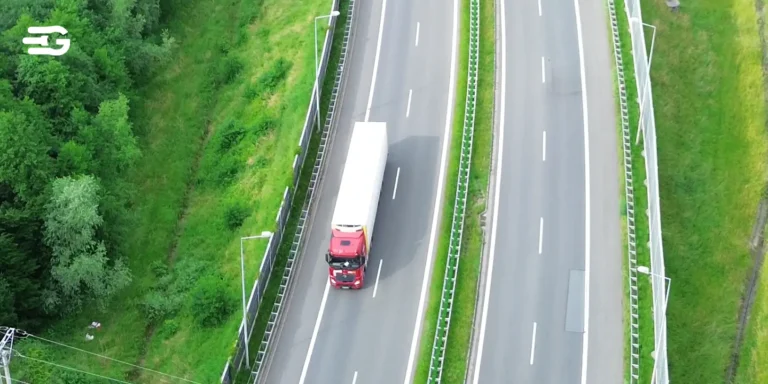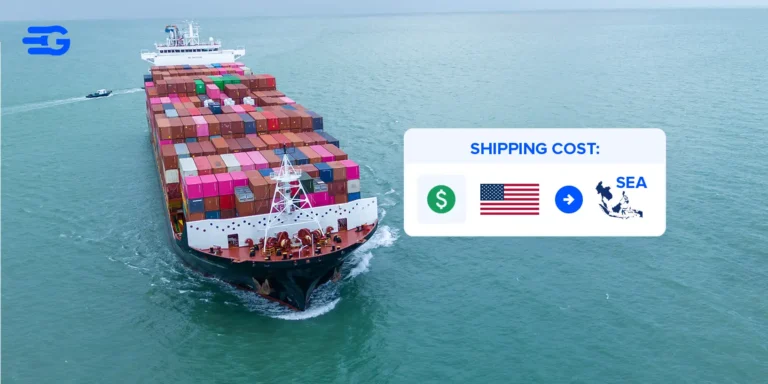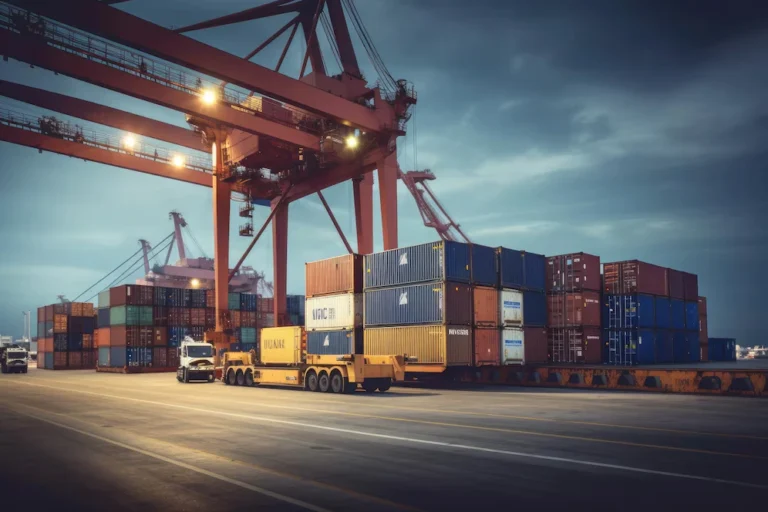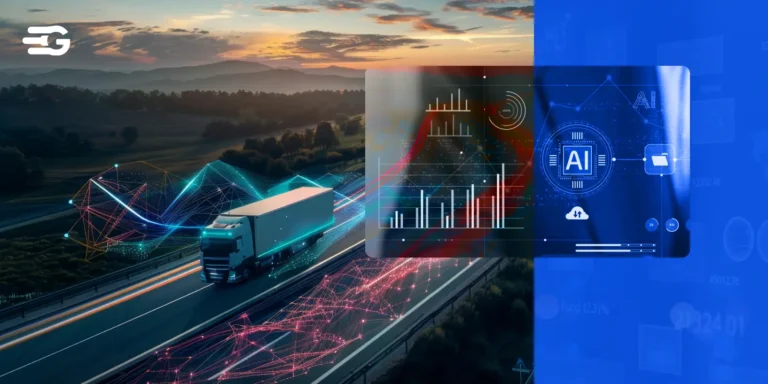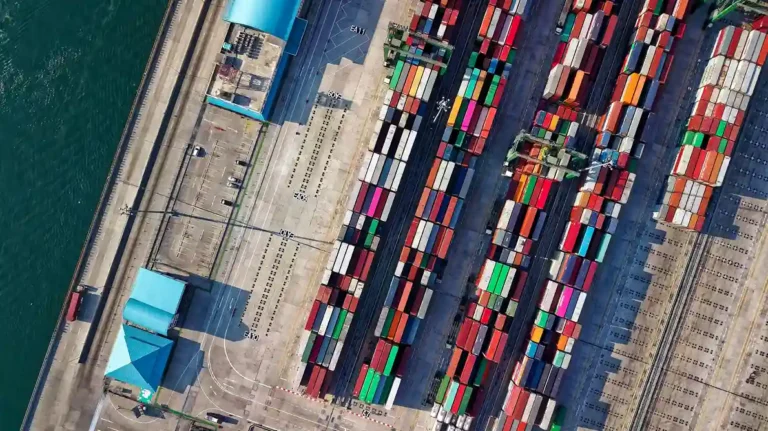Purchase Order vs Invoice: What’s the difference?
Look, if you’re running trucks, managing warehouses, or dealing with suppliers daily, you’ve probably gotten burned by mixing up a purchase order and invoice. It happens more than people admit. One minute you think you’ve paid for that shipment of parts, next minute your supplier is calling asking where their money is.
The bottom line? A purchase order is you telling your supplier “I want this stuff.” An invoice is them telling you “pay up for what we delivered.” Get these mixed up and you’ll either pay twice or tick off vendors you can’t afford to lose. In logistics, that’s how shipments get delayed and relationships go south fast. Let’s break down exactly what each document does so you can avoid these costly mistakes.
What is a Purchase Order?
Purchase order is your company’s official request to buy goods or services from a supplier. This document gets created before you receive anything and serves as your written commitment to make a purchase. When you need truck parts, warehouse equipment, or shipping materials, the purchase order starts that entire process.
The purchase order establishes a legal agreement between your business and the supplier. It protects both parties by clearly stating what you want to buy, how much you’ll pay, and when you need it delivered.
Understanding when purchase orders fit into your workflow helps clarify the purchase order vs invoices process. The PO always comes first, setting up the transaction before any goods change hands.
Key elements every purchase order should include:
- Detailed item descriptions
- Exact quantities required
- Negotiated unit prices
- Expected delivery dates
- Shipping addresses
- Billing information
- Unique PO number for tracking
- Payment terms
- Special delivery instructions
Without proper purchase orders, tracking what you’ve ordered and what you actually receive becomes nearly impossible. This foundational understanding of purchase order vs invoices helps prevent costly mix ups in your business operations.
What is an Invoice?
An invoice is your supplier’s bill requesting payment for goods or services they’ve already delivered to your business. Unlike purchase orders that you create, invoices come from your suppliers after they’ve fulfilled their part of the agreement.
This document essentially says “we delivered what you ordered, now please pay us.”
Essential components found in every invoice:
- Supplier contact and payment information
- Invoice number for tracking
- Your purchase order number reference
- Itemized list of delivered goods or services
- Quantities actually shipped
- Unit prices and total amounts
- Tax calculations where applicable
- Payment due date
- Delivery confirmation details
Invoices get generated after your supplier has shipped products, completed services, or delivered materials to your location. In logistics operations, this might be after your truck parts arrive, fuel gets delivered, or warehouse services are completed. The supplier creates the invoice based on what they actually provided, which should match your original purchase order.
Key Differences: Purchase Order vs Invoices
Understanding these differences in purchase order vs invoices helps prevent costly mistakes like duplicate payments, missed deliveries, or supplier disputes. Let’s break down the core distinctions that every logistics and supply chain business needs to know when managing purchase order vs invoices workflows.
| Aspect | Purchase Order | Invoice |
| Timing | Sent before any goods arrive at your facility or services begin | Created only after supplier has delivered goods to your dock or completed services |
| Primary Purpose | Your official authorization telling supplier “yes, we want to buy this from you” | Supplier’s formal bill saying “we delivered as promised, please pay us now” |
| Document Creator | Your procurement or purchasing team creates and sends this | Your supplier generates and sends this to your accounts payable team |
| Transaction Stage | Kicks off the entire buying process before anything happens | Closes the loop after delivery is complete and payment is due |
| Legal Standing | Creates a binding contract with specific terms both parties must follow | Serves as legal demand for payment based on completed deliveries |
| Content Focus | Details what you want: quantities, specifications, delivery dates, pricing | Shows what you received: actual deliveries, final quantities, amounts owed |
| Money Movement | No payment occurs when PO is issued | Triggers your payment process and cash outflow |
| Approval Flow | Goes through your internal buying approvals before sending to supplier | Goes through your accounts payable verification before payment |
| Business Function | Planning and procurement control tool | Financial payment processing document |
The practical impact of understanding purchase order vs invoices differences shows up in your daily operations.
Purchase orders help you control spending and inventory planning, while invoices drive your payment obligations and accounting records.
Best Practices for Managing Purchase Order vs Invoices
Effective management of purchase order vs invoices requires systematic processes that prevent errors and maintain smooth supplier relationships.
These practices become especially critical for logistics businesses handling multiple vendors, tight delivery schedules, and complex supply chains where timing matters.
Here are the essential practices for purchase order vs invoices management:
- Match every invoice to its original purchase order before processing payment – Always verify that invoice quantities, prices, and items match what you originally ordered on the PO. This three way matching between purchase order, delivery receipt, and invoice prevents overpayments and catches supplier errors before they become costly problems.
- Establish clear approval workflows with defined spending limits – Set up approval hierarchies where different dollar amounts require different authorization levels. Small purchases might need supervisor approval while major equipment orders require executive sign off. This controls spending and ensures proper oversight of purchase order vs invoices cycles.
- Use digital tracking systems instead of paper based processes – Implement software that tracks purchase orders from creation through invoice payment. Digital systems prevent lost documents, provide audit trails, and allow multiple team members to see order status in real time without hunting through file cabinets.
- Set up regular reconciliation schedules to catch discrepancies early – Schedule weekly or monthly reviews comparing open purchase orders against received invoices and deliveries. Early detection of missing invoices or undelivered orders prevents supplier relationship problems and keeps your inventory tracking accurate.
- Train all staff involved in procurement on purchase order vs invoices differences – Ensure your purchasing, receiving, and accounting teams understand when to create POs, how to verify deliveries, and what triggers invoice processing. Clear training prevents costly mistakes and improves processing efficiency across departments.
Getting these fundamentals right creates a foundation for efficient procurement operations.
When your team properly manages purchase order vs invoices workflows, you avoid costly errors while maintaining the supplier relationships that keep your business running smoothly.
How GoComet Helps Streamline Purchase Order and Invoices Management
GoComet’s intelligent platform automates these critical processes, ensuring accuracy while reducing the administrative burden on your team.
Our solution addresses the common pain points in purchase order and invoices management with:
- Automated invoice verification against original purchase orders – Our platform automatically compares incoming invoices with your original POs using advanced matching algorithms. The system flags discrepancies in quantities, pricing, or specifications before invoices reach your accounts payable team, preventing costly payment errors.
- Real time error detection and vendor notification system – When inconsistencies are found between purchase orders and invoices, GoComet immediately alerts suppliers with specific details about each line item error. Vendors can correct mistakes and resubmit documents without manual follow up from your team.
- Smart contextual matching for industry terminology – The platform recognizes that different suppliers may use varying terms for the same charges, such as THC, Terminal Handling Charges, or Handling Charges. This intelligent matching ensures accurate verification regardless of how suppliers format their invoices.
- Seamless integration with existing finance systems – GoComet connects directly with your current accounting and ERP platforms to initiate payment processes automatically. This eliminates double data entry and ensures your workflow integrates smoothly with existing operations.
This automation transforms purchase order vs invoices management from a time consuming manual process into an efficient, accurate system that scales with your business growth. See how our invoice automation helped one client eliminate processing errors and reduce manual work by 85% in our detailed case study.
Conclusion
Understanding the difference between purchase order vs invoices is fundamental for any logistics or supply chain business. Purchase orders authorize purchases before delivery, while invoices request payment after delivery. Getting this sequence right prevents duplicate payments, supplier disputes, and cash flow problems that can disrupt your operations.
Implementing proper purchase order and invoices management practices protects your business and strengthens supplier relationships. With clear processes, digital tracking, and trained staff, you can streamline procurement while maintaining tight financial controls. Ready to optimize your supply chain operations? Book a demo with GoComet today.
